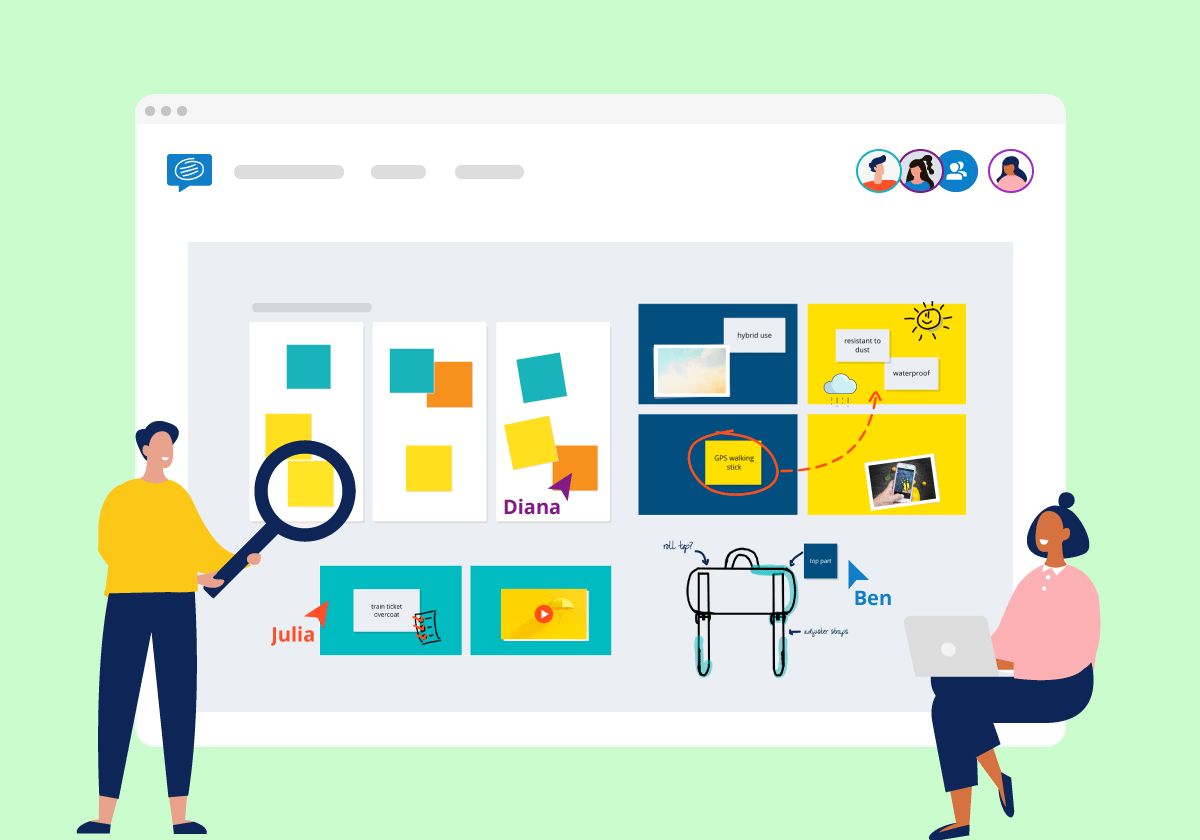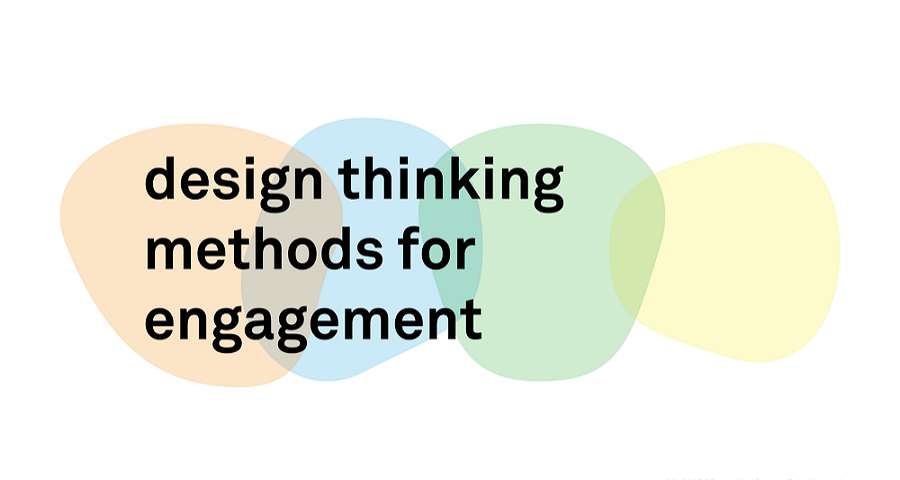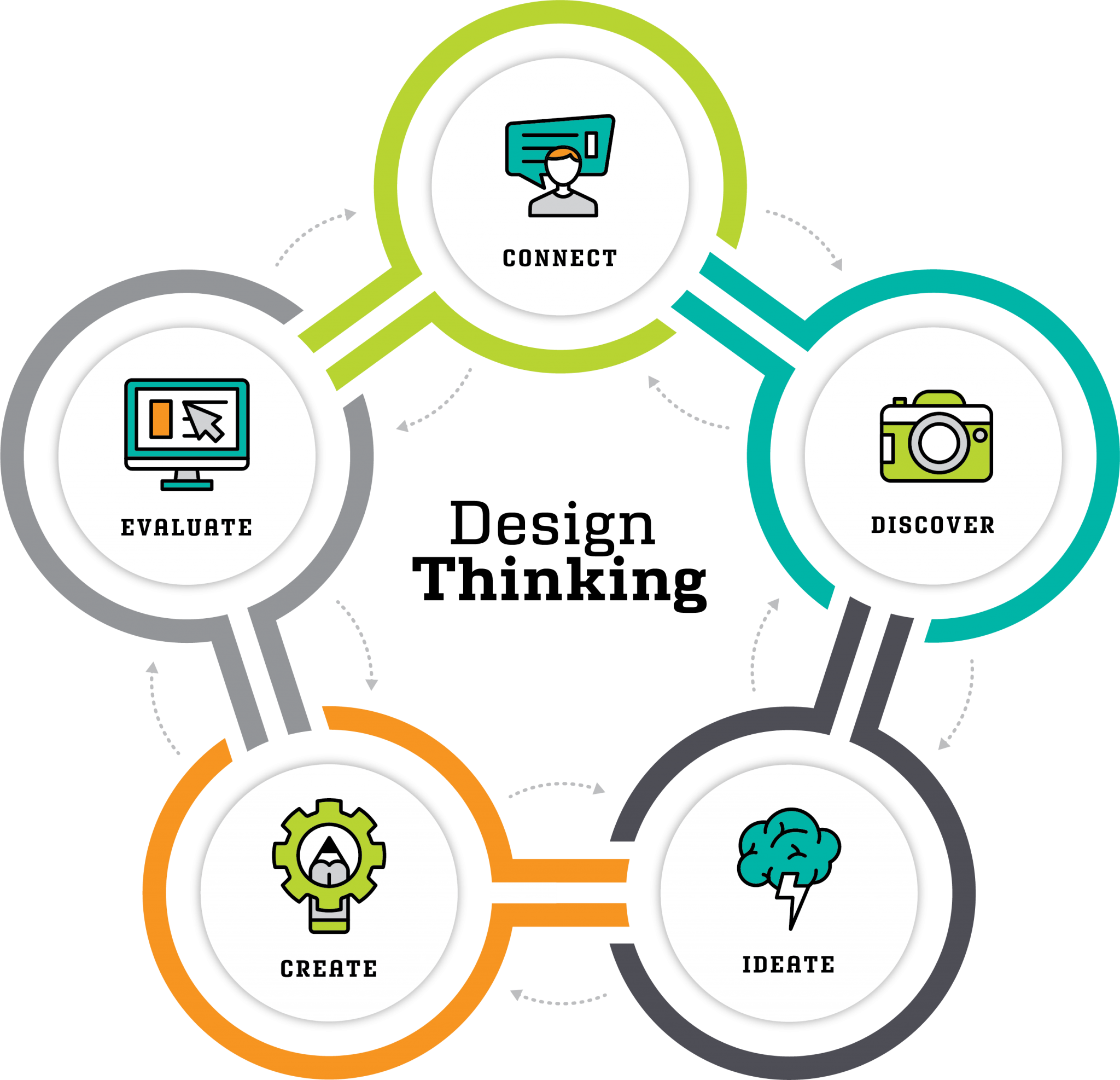Table Of Content
- Best Tools for Each Design Thinking Stage
- Words vs. Actions: Why Innovation Must Be Central to COP28 Discussions
- Journey Maps
- useful online tools for workshop planning and meeting facilitation
- Establish Empathy Through Empathy Maps
- Somersault Innovation uses design thinking to transform its sales process

What’s more, results from the Test stage may reveal new insights about users which lead to another brainstorming session (Ideate) or the development of new prototypes (Prototype). Design thinking is a methodology which provides a solution-based approach to solving problems. When you know how to apply the five stages of design thinking you will be impowered because you can apply the methodology to solve complex problems that occur in our companies, our countries, and across the world.
Best Tools for Each Design Thinking Stage
The designer's mindset embraces empathy, optimism, iteration, creativity, and ambiguity. And most critically, design thinking keeps people at the center of every process. A human-centered designer knows that as long as you stay focused on the people you're designing for—and listen to them directly—you can arrive at optimal solutions that meet their needs. At IDEO, we are a community of designers who naturally share a mindset due to our profession. Our teams include people who've trained in applied fields such as industrial design, environmental architecture, graphic design, and engineering; as well as people from law, psychology, anthropology, and many other areas.
How to apply design thinking in data science - InfoWorld
How to apply design thinking in data science.
Posted: Mon, 20 Nov 2023 08:00:00 GMT [source]
Words vs. Actions: Why Innovation Must Be Central to COP28 Discussions

However, using available research tools such as surveys can be helpful in different cases. We must define the appropriate method to understand the problem and provide the proper solution. Now you’ve come to understand your users more deeply and have clearly defined the challenges facing them, you’re now ready to start creating new solutions that are human-centered in design. The first stage of the Design Thinking process is to empathize with your users by collecting as much information about them as you can with different set of tools.
Journey Maps
To understand problems better, it is useful to create personas and define roles so you can attach needs and problems to different set of users. Once you have this you can see what patterns emerge and summarize problems into one problem statement. Design Thinking is more of a mindset or a process with several different stages, and each stage can be supported with different tools to help in the understanding-designing process.
useful online tools for workshop planning and meeting facilitation
We’ve seen design thinking transform lives and organizations, and on occasion we’ve seen it fall short when approached superficially, or without a solid foundation of study. Design thinking takes practice; and as a community of designers, entrepreneurs, engineers, teachers, researchers, and more, we’ve followed the journey to mastery, and developed maps that can guide others. While we’ve covered some of the skills and behaviors you need to successfully run design thinking exercises, having the right tools can help a lot, too.
Information is continually used to inform the understanding of the problem and solution spaces, and to redefine the problem itself. Designers or evaluators rigorously test the complete product using the best solutions identified in the Prototype stage. This is the final stage of the five-stage model; however, in an iterative process such as design thinking, the results generated are often used to redefine one or more further problems. You can then proceed with further iterations and make alterations and refinements to rule out alternative solutions.
Visualize your ideas with Coggle, an online tool for creating and sharing mindmaps. You can take notes, brainstorm, or plan design ideas and share with as many colleagues as you like. Drag and drop images, add floating text and annotations, and create loops and branches to organize information. You can wireframe, plan, design presentations, and gather feedback in real time across mobile, web, and tablet. Freehand gives everyone on your team the power to share their ideas in a way that makes sense to them, whether that’s sketching, drawing, dropping in images or inspiration, or typing up their feedback in a comment box.
Design Thinking Solutions to support Defining

It’s where your product, design, or development teams evaluate the creative solutions they’ve come up with, to see how real users interact with them. During the third stage of the design thinking process, designers are ready to generate ideas. You’ve grown to understand your users and their needs in the Empathize stage, and you’ve analyzed your observations in the Define stage to create a user centric problem statement.
Diagnosing With The Levels Of Perspective Model
Wireframes can be sketched manually or digitally as long as it fulfills the purpose of structuring and validating ideas graphically. A three-dimensional representation of a product with varying fidelity levels is used to take the idea and transform it into something concrete. Catalog that summarizes and makes tangible all the ideas generated in the project. When there is a lot of field information, it is used to better concentrate on understanding the target audience.
This human-centered design process consists of five core stages Empathize, Define, Ideate, Prototype and Test. There are hundreds of ideation techniques you can use—such as Brainstorm, Brainwrite, Worst Possible Idea and SCAMPER. Brainstorm and Worst Possible Idea techniques are typically used at the start of the ideation stage to stimulate free thinking and expand the problem space. This allows you to generate as many ideas as possible at the start of ideation. Download print-ready templates you can share with your team to practice design thinking today. Design Council's Double Diamond diagram depicts the divergent and convergent stages of the design process.
Quick Fire! A Crash Course in Design Thinking - MoMA
Quick Fire! A Crash Course in Design Thinking.
Posted: Mon, 24 Jun 2013 07:00:00 GMT [source]
If you are the manager of the organization, think about how to help the team grow better; if you are a front-line employee, think about how to make the user have a more perfect experience. Unleash your own curiosity and think as much as possible about the solution to the problem. Only by making curiosity stronger can you let yourself go, stop the comments, and pay more attention to the users and the whole society, and finally perfect the products and services. Describe a Point of View (POV) that can tell people in a very simple way what your team is doing and what the value of these things is. This not only allows more people to pay attention to your products, but also motivates the entire team to form the team's own values.
The good news is that there’s a lot of overlap, and plenty of tools work great at multiple stages of the process. Also, be sure to check out Envato Elements to for a huge library of creative resources, complementing these AI tools perfectly. Whether you're an artist seeking rapid idea generation or a designer aiming for efficiency, there's a tool tailored to your needs. Selecting the right AI tool is vital for maximizing creativity and productivity.
The team may iterate on the solution to make it more feasible or plan to increase its resources (say, hire more people or acquire specialized machinery). Design thinking offers practical methods and tools that major companies like Google, Apple and Airbnb use to drive innovation. From architecture and engineering to technology and services, companies across industries have embraced the methodology to drive innovation and address complex problems. While the qualitative methods are commonly used, we can’t underestimate the quantitative methods, and the top is the surveys. Hotjar’s tools are designed to collect insights that help you put users and data at the heart of every product decision. The Design Thinking process is great for solving complex problems and delivering solutions that directly target the way your users interact with your product or company.
Together, we have rallied around design thinking as a way of explaining design's applications and utility so that others can practice it, too. Design thinking uses creative activities to foster collaboration and solve problems in human-centered ways. We adopt a “beginner’s mind,” with the intent to remain open and curious, to assume nothing, and to see ambiguity as an opportunity.

No comments:
Post a Comment